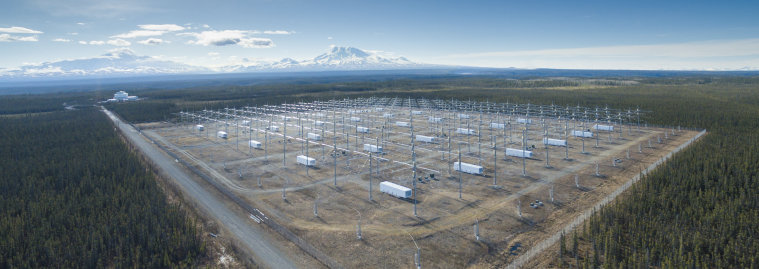 Many thanks to Chris Fallen (KL3WX), Assistant research professor in the University of Alaska Fairbanks Geophysical – Space Physics group , who shares the following update in reference to upcoming HAARP activities:
Many thanks to Chris Fallen (KL3WX), Assistant research professor in the University of Alaska Fairbanks Geophysical – Space Physics group , who shares the following update in reference to upcoming HAARP activities:
Regarding this February 2017 campaign, HAARP will be operating from 19 to 22 February.
Specifically, experiments will begin daily sometime after 1800 hours 2/19 UTC. My experiments will be the last each day (local Alaska time) and are scheduled to start at 0330 hours on 2/20, 2/21, and 2/23 UTC; and at 0430 hours on 2/22.
Experiment times and frequencies are subject to change for various reasons, particularly in response to ionospheric conditions shortly before each experiment.
I will do my best to update https://twitter.com/ctfallen in real time.
Operations are very active times and I will be monitoring conditions and equipment so generally speaking, for my artificial aurora experiments, your best bet is to search around 2.7 MHz +/- 100 kHz given current conditions.
For the Luxembourg effect experiments, I will try to keep the two frequencies separated by about 1 MHz, which means that they will occur earlier in my experiment window rather than later, when the ionosphere is more dense.
Many thanks for the update, Chris.
SWLing Post readers viewing our website should find your Twitter feed embedded below. Those reading via RSS or our Feedburner email feed, can click here to view updates on Twitter.
